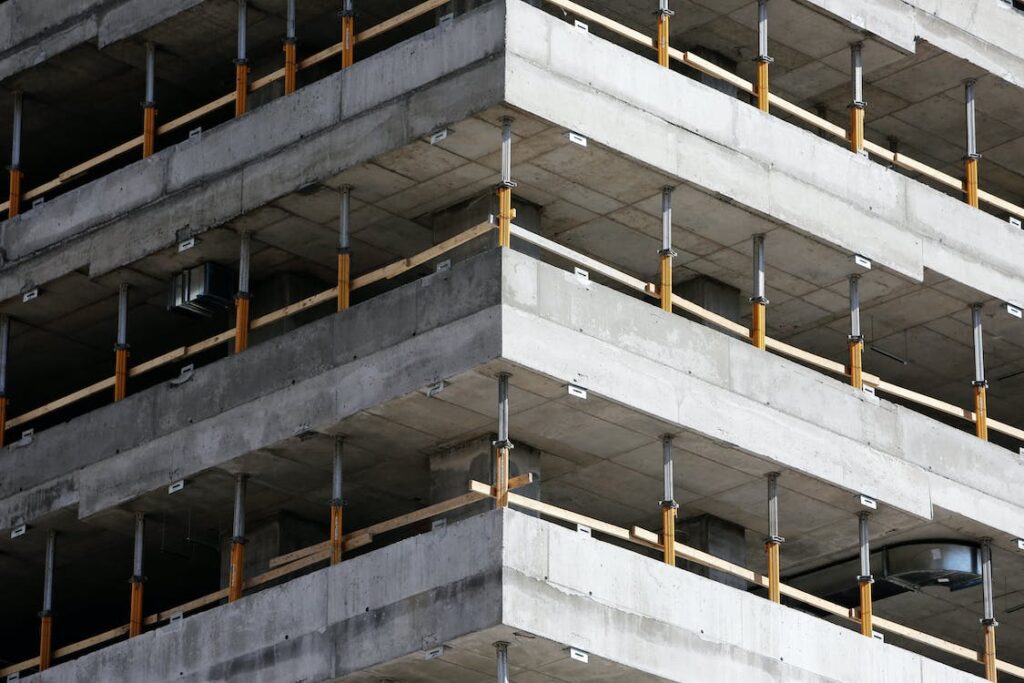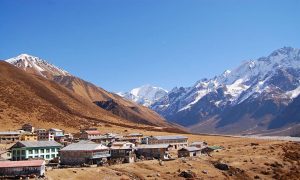Amazing Facts & Details About Concrete

Could you name one material that’s so ever-present and ubiquitous in our modern lives today? Well, could I mention one – Concrete? In a fast-paced world that’s ever-changing, concrete is perhaps one of the most extensively utilized construction materials, obviously because not just of its wide range or uses, but also because of its amazing properties like strength, durability, workability, unit weight and more. Read on to learn more about the amazing facts, figures, and details about concrete Brisbane.
It’s a Quite Complex Material
According to construction experts, concrete Brisbane is a very complex material which consists of lime or cement (which is the binding material) along with sand, gravel, stone and more.
Many properties of concrete Brisbane are dependent on the proportions of mixing, and many elements influence the properties of this complex material, the most important of which is the percentage of cement, sand, aggregates and water in the mix.
It Has a Stupendously High Compression Strength
Concrete commonly reaches from 3,000 to 7,000 psi (or pressure per square inch), although it can reach as much as 20,000 psi. The fact that ancient structures like the aqueduct at Pont du Gard in the south of France, and Hadrian’s Wall in the United Kingdom are still standing are testament to the rigidity and sturdiness of concrete Brisbane.
The Romans Invented the Name “Concrete”
According to historians, the word concrete Brisbane actually comes from the Latin word “concretus”, which translates roughly to “grow together”. Today, the material is widely-used in motorway bridges and high-rise buildings because they are both easier to maintain, and are way cheaper than steel.
Concrete also remains in use in the construction of high-rise buildings. In fact, the tallest concrete structure in the planet is the Trump International Hotel and Tower, which stands at 423 metres.
While concrete Brisbane was formed naturally in Israel 12 million years ago, and the ancient Egyptians used a type of concrete in making the Pyramids of Giza, it was the Romans who developed the knack of effectively using it. In fact, the Pantheon in Rome, which was built in 120 AD, is the largest unsupported concrete Brisbane structure in the planet.
Concrete Continues to Get Sturdy for Decades
Our team of friendly and seasoned construction experts also add that after 4 weeks, concrete Brisbane will have reached around 90% of its final strength. But, it continues to further strengthen for decades afterwards, perhaps due to the conversion of calcium hydroxide into calcium carbonate, due to its absorption of carbon dioxide over the years. And, some types of bacteria also help strength the material.
16 Million Cubic Meters of Cement Were Needed to Make the World’s Largest Dam
China’s Three Gorges Dam in Hubei Province is hailed as the largest concrete pour in a single project. However, this was no one-off pour, as in the 17 years of constructing the dam, almost one million cubic metres of cement per year was required!
So, don’t be surprised if concrete Brisbane is the most widely-used material in the planet, with over 20 billion tons used annually, and with China being the planet’s largest consumer of the material.
Cement & Concrete Are Not the Same
Most people think that concrete and cement are somewhat identical, just like saying flour is the same as cake. However, the truth is that only around 15% of the material is cement, which is itself mostly made up of lime. And between 60% to 65% of concrete Brisbane is made up an aggregate such as gravel or sand, while 15% to 20% is made up of water.
Concrete Was Used to Detect Enemy Aircraft in World War 2
Believe it or not but concrete Brisbane proved to be very helpful in beating the Germans and even the Japanese in the Second World War. In fact, the allies used sound mirrors made from concrete Brisbane to provide an early warning system for approaching enemy aircraft. These early-warning system also had microphones attached, which provide an amazing aural range of 27 miles.
Durability
The property of concrete Brisbane that makes it able to withstand disintegration and degradation is actually called “durability”. Hence, this material’s durability is its resistance to deteriorating influences which may reside inside the material itself, or which are inherent in the environment that the material is exposed.
Creep
The property of concrete Brisbane where a structure experiences deformation due to long-term load is also known as “creep”. Concrete can alter shape if it is subjected to long-term strain or stress.
This distortion usually happens in the direction of the applied force. As an example, a concrete Brisbane column compressing or a beam bending. This type of material does not always break or fail apart as a result of creep. When structures made of concrete Brisbane are designed, creep is always taken into account.
As a result of the imposed load, the water within the hardened cement paste is forced to expand, and creep deformation is brought about by this migration of moisture.
Shrinkage
Shrinkage is defined as a property of concrete where a decrease in either length or volume of a material takes place resulting from alterations or changes in chemical changes or moisture content. According to construction experts, there are two kinds of shrinkage, and these are plastic shrinkage and dry shrinkage.
Plastic shrinkage refers to the shrinkage of concrete Brisbane due to the absorption of water by bleeding, evaporation of water and aggregates. On the other hand, dry shrinkage takes place after the concrete Brisbane has been hardened and set.
Shrinkage is mainly determined by the length of exposure. If this strain is not avoided, it will cause tensile tension in the concrete Brisbane, which eventually leads to cracking. Surface cracks are often the result of shrinkage.
I hope these facts, figures and details about concrete Brisbane will further open your eyes and ears into the many amazing qualities of this ever-present construction material.






